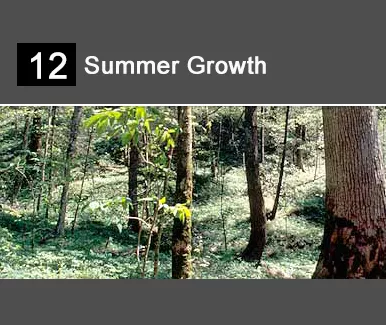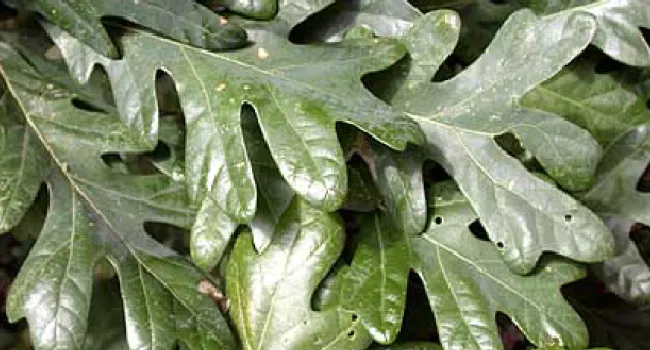
Photo
Grades: 9 10 11 12

During the growing season, cove forests are covered in green due to abundant plant life. Rich in energy, leaves and stems would seem to be an easy target for animals that feed on plants, the herbivores. It turns out that plants have mechanical and chemical defense mechanisms that generally prevent herbivores from overindulging.

Photo
Grades: 9 10 11 12

Photo
Grades: 6 7 8 9 10 11 12

Photo
Grades: 6 7 8 9 10 11 12

Photo
Grades: 6 7 8 9 10 11 12